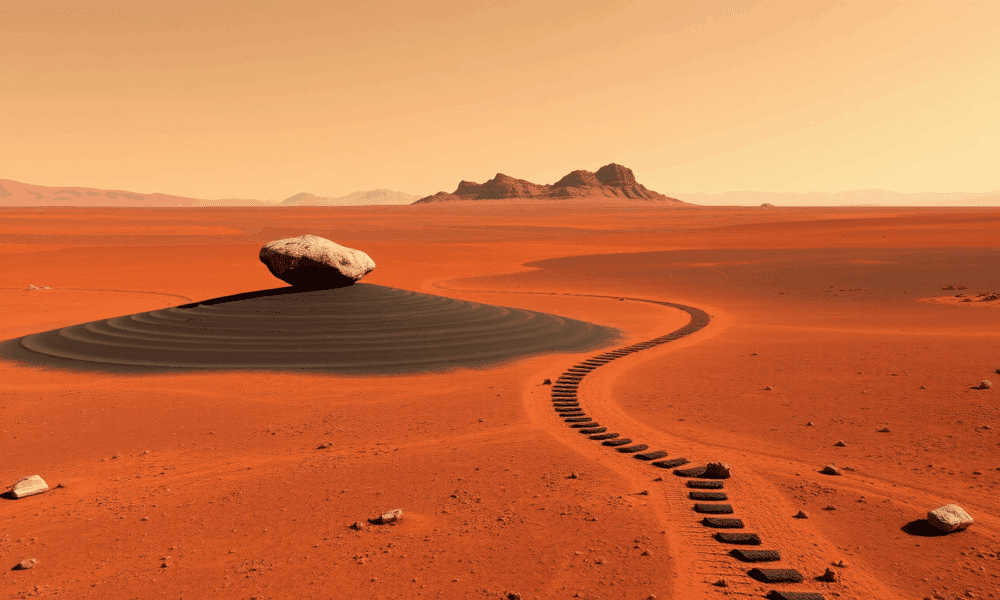
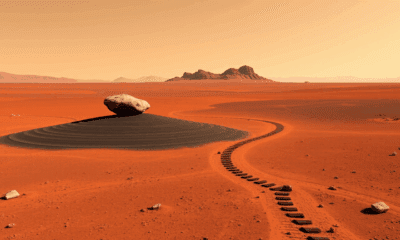

Captured at a location called “Falbreen,” this 360-degree view mosaic was stitched together 96 images that were acquired May 26, 2025. In the upper image, the...
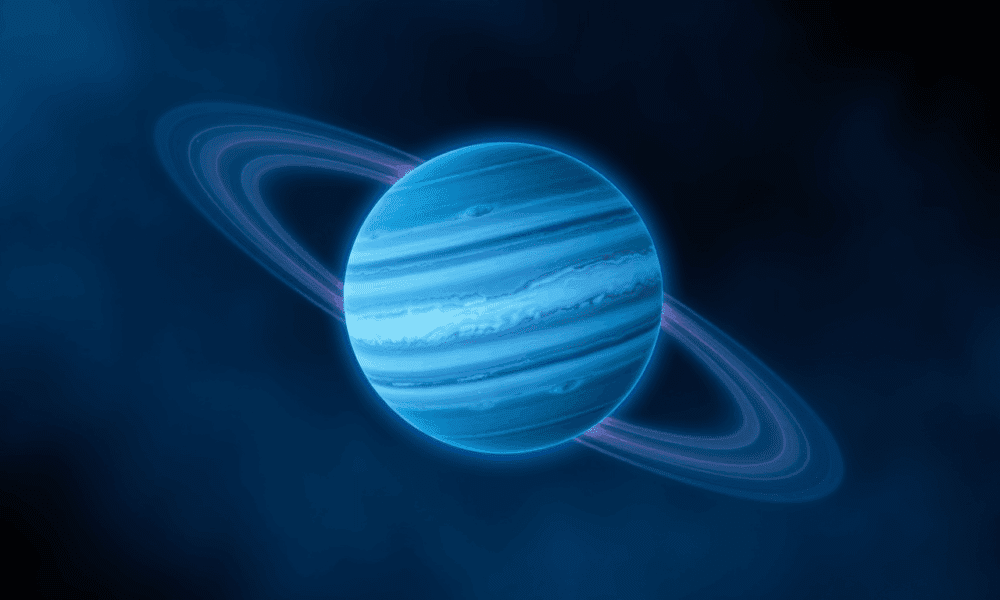
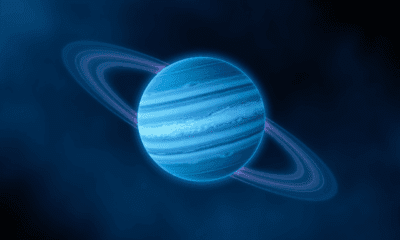

For decades, scientists puzzled over why Uranus seemed colder than expected. Now, an international research team led by the University of Houston has solved the mystery:...
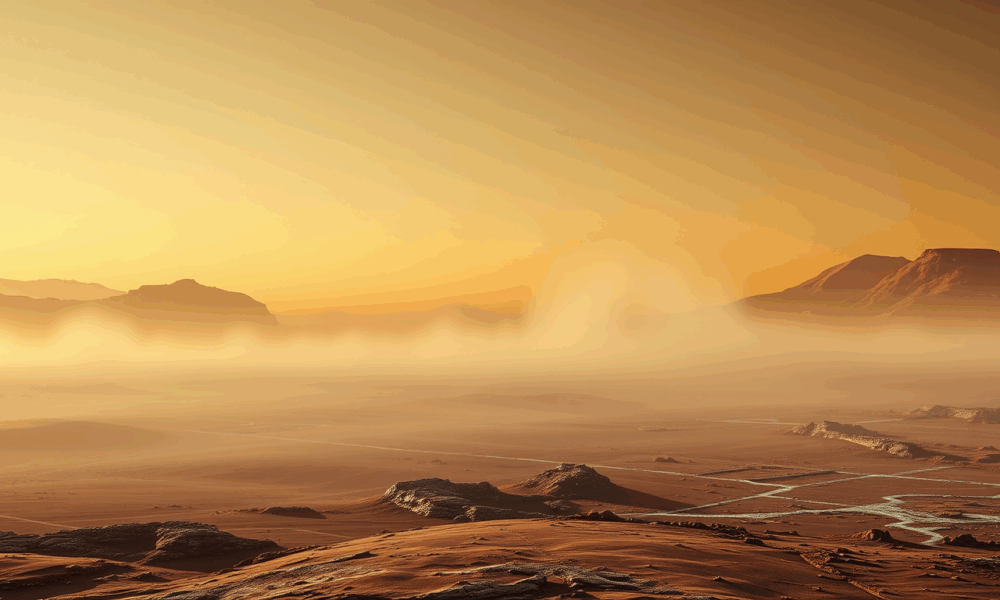
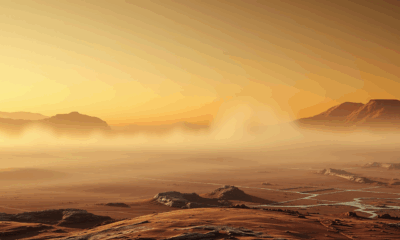

Mars, once thought too cold and dry for liquid water, may briefly host salty brines twice a day during certain seasons. These fleeting bursts wouldn’t be...
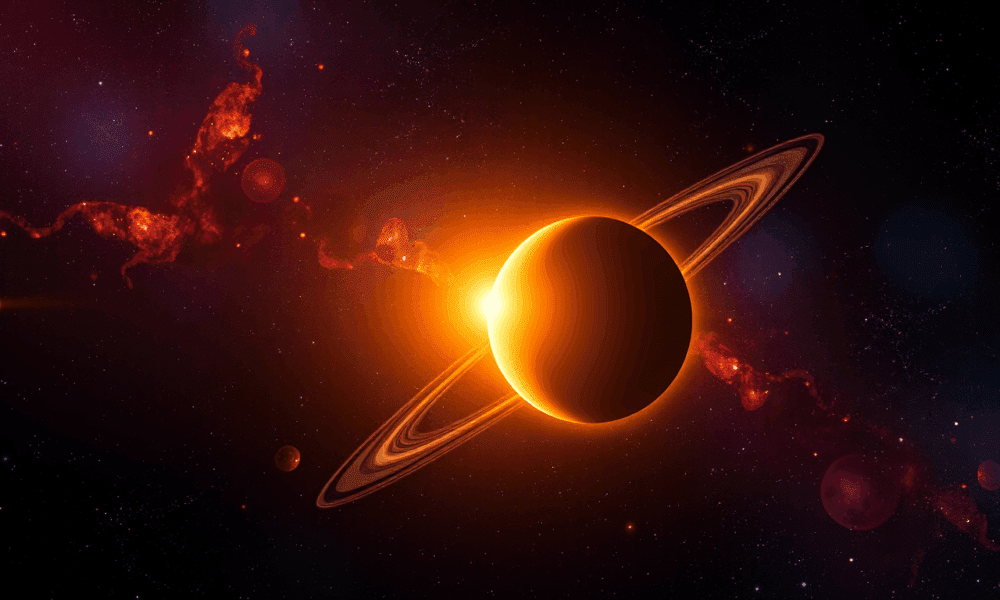
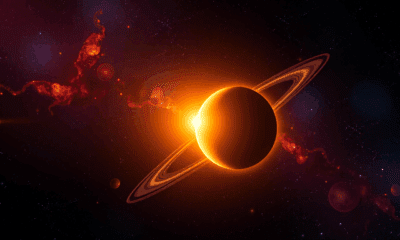

A bizarre planet defies cosmic norms: scientists have confirmed a giant planet orbiting in reverse around one star in a close binary system—an arrangement previously thought...



A tiny object far beyond Pluto, newly discovered by the Subaru Telescope, could reshape our understanding of the early Solar System. Named 2023 KQ14, this rare...
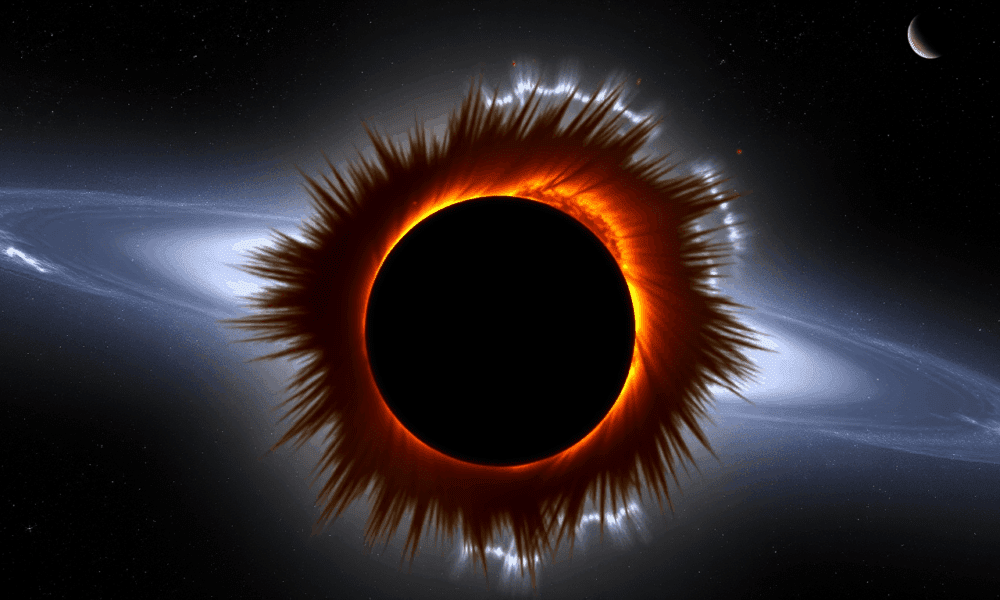
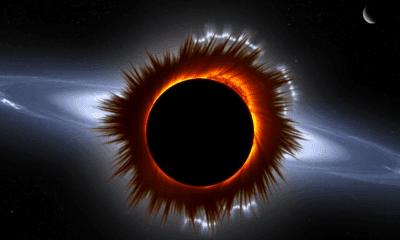

Gravitational-wave detectors have captured their biggest spectacle yet: two gargantuan, rapidly spinning black holes likely forged by earlier smash-ups fused into a 225-solar-mass titan, GW231123. The...



Astronomers have uncovered a massive, hidden exoplanet nestled in the dusty disc of a young star—MP Mus—by combining cutting-edge data from the ALMA observatory and ESA’s...
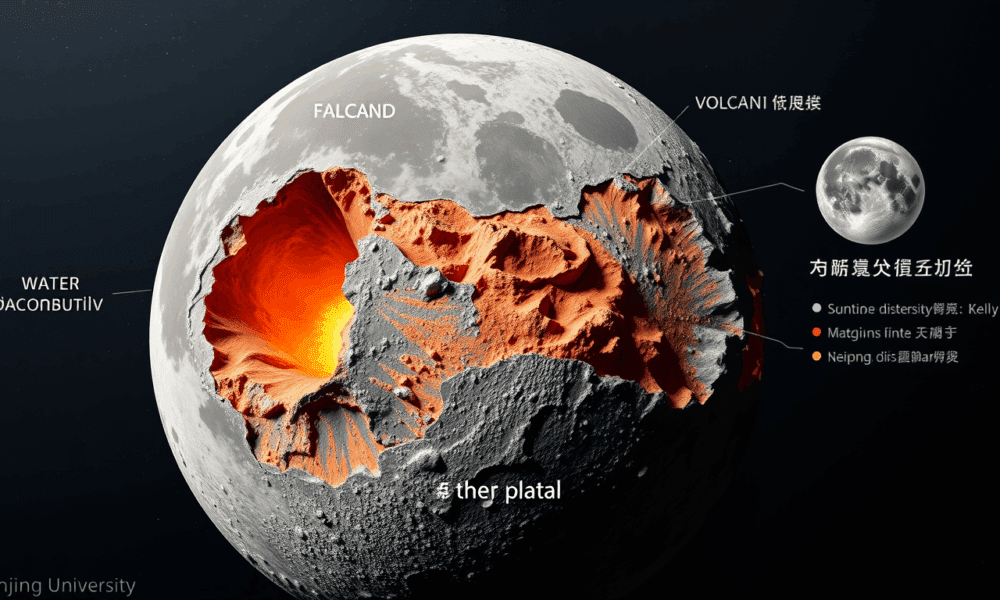
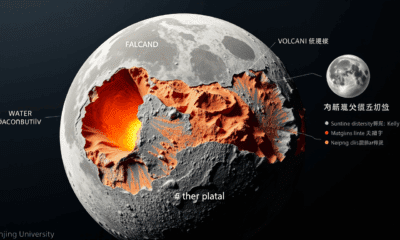

China's Chang’e-6 mission has delivered the first-ever samples from the Moon’s far side, shedding light on one of planetary science’s greatest mysteries: why the near and...
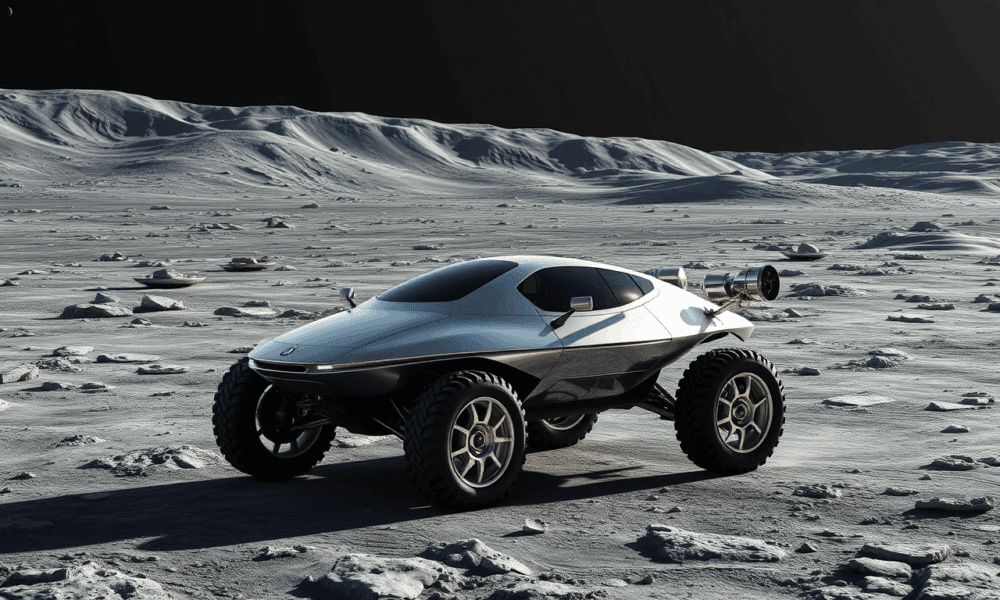


NASA is gearing up for an exciting chapter in lunar exploration by sending a trio of high-tech instruments to the Moon. Two of the devices will...



Japan’s Himawari weather satellites, designed to watch Earth, have quietly delivered a decade of infrared snapshots of Venus. By stitching 437 images together, scientists tracked daily...